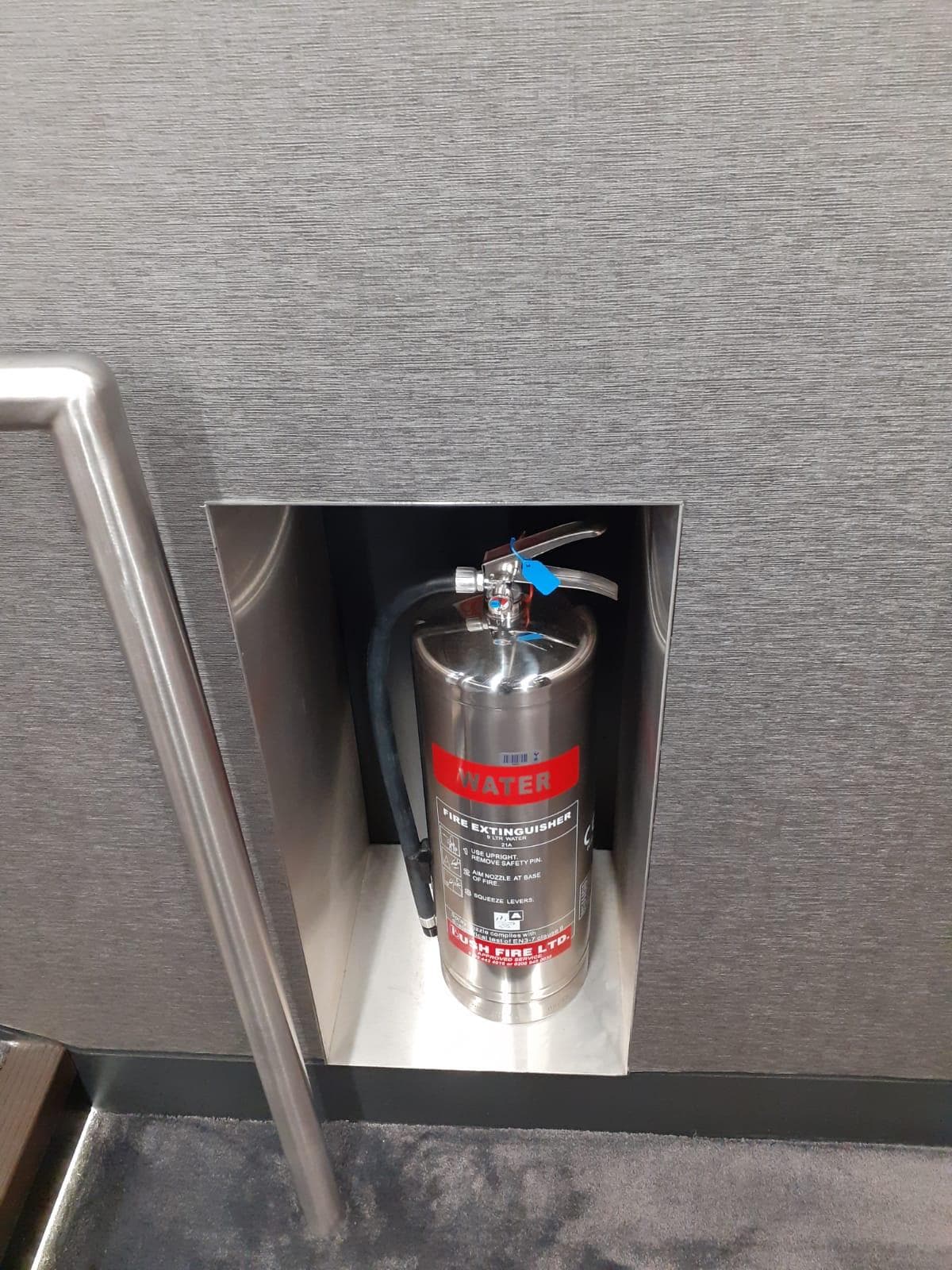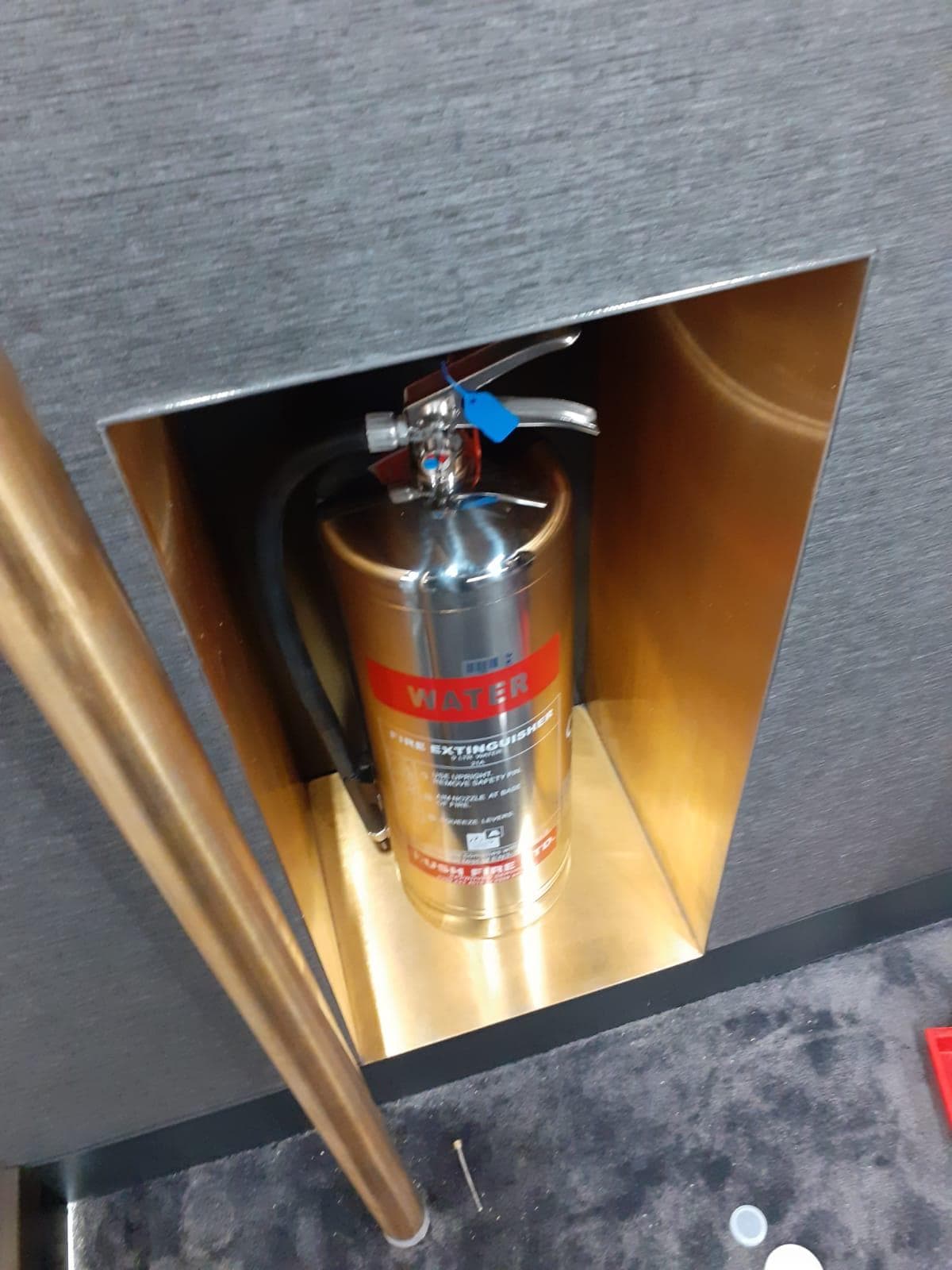Often, we are asked to apply different colour finishes to our stainless-steel lifts. A common request is to gold plate our stainless steel. Initially, we searched the web to outsource this process; however, we could not find anyone who could come to our workshop or directly to a client to carry out this work on-site. Therefore, we decided to gold plate our stainless steel ourselves. We are incredibly proud of the quality of the finish our experienced engineers can achieve, and recognising the gap in the market, we decided to outsource this service ourselves!
All our plated finishes can be used for interior restoration, scientific and medical applications, musical instrument renovation, architectural plating, bathroom furniture, car parts, handrails, sheet stainless steel, and brushed stainless steel, to name a few. The chemicals we use contain 8 grams of pure 24-carat gold per litre.
Gold is by far the most popular metal to plate using the brush plating technique, and spectacular results can be achieved on a wide range of surfaces, both metal and non-metal. Gold brush plating is ideal for small batch plating, plating in situ where removing the item to be plated isn't an option (for example, bath taps and door handles), very large objects that would be difficult to fit in a plating tank, and selective gold plating of larger objects such as goblets, as well as plating onto non-conductive materials such as plastic or glass.
Brush plating involves three main steps:
- Preparing the surface: Brush plating may not be able to fill in scratches, so we ensure that we remove those by hand or machine polishing. After that, we clean the surface to remove any debris or residue. Finally, we may need to activate your surface if it has developed an oxide layer. Oxidation most commonly accumulates on stainless steel or nickel-containing alloys.
- Plating: We estimate the surface area of your work and acquire the appropriate amount of plating solution. Then, we use electricity from our rectifier to start plating. The rectifier’s two leads will be connected to the plating tool and the part to be plated respectively. When the tool touches the part, the circuit will be completed. The operator can control the voltage, polarity, and amperage. Brush plating requires constant motion. We can keep the tool steady and move the part or vice versa (or a combination of the two).
- Finishing: Finally, we seal your project with a sealing solution.

Gold plating stainless box before

Gold plating stainless box after
Contact Us
Please contact us and attach photos of the items you would like us to plate. Kindly provide the site address as well to enable us to provide an accurate quote.
